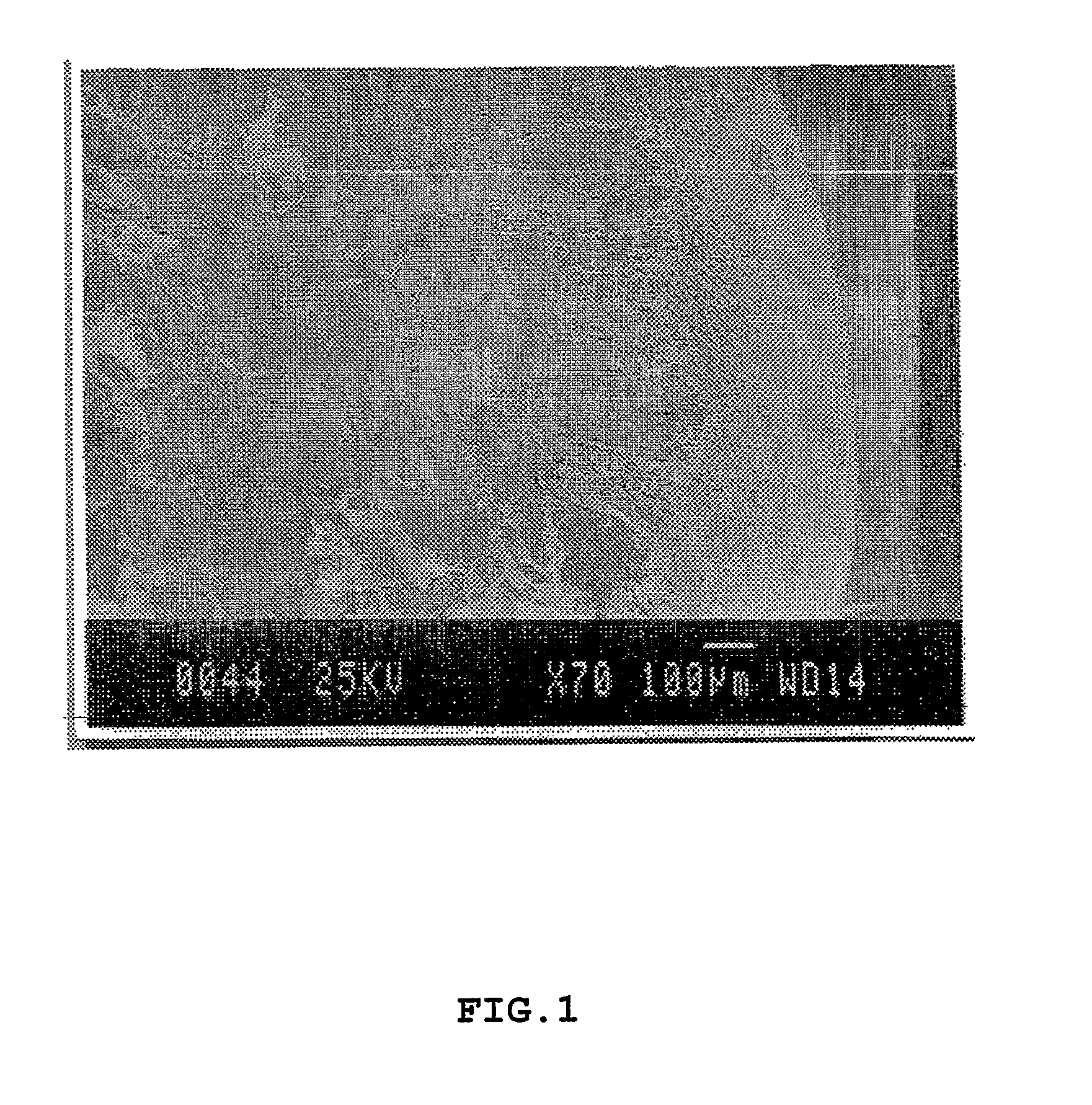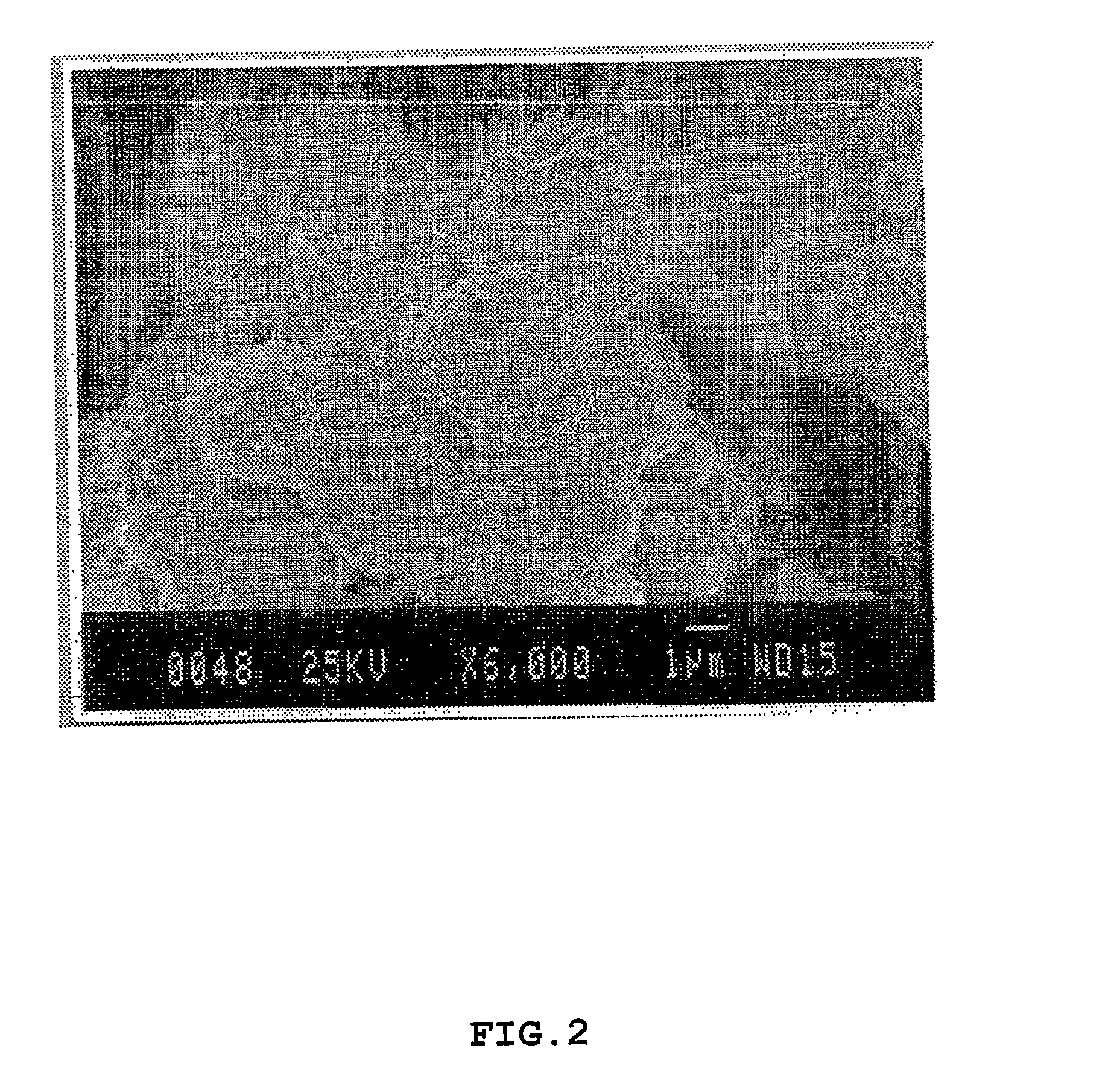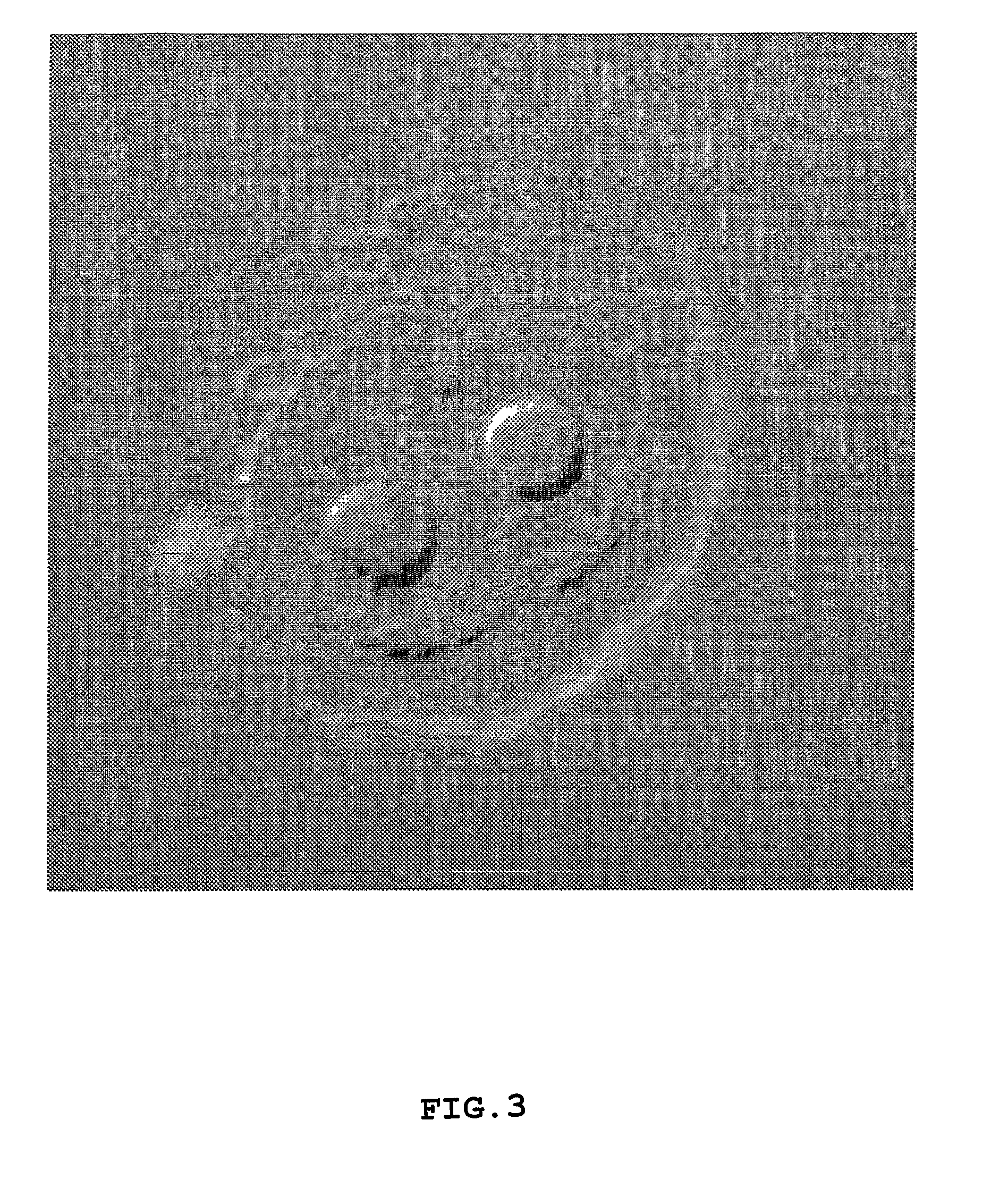Lipidated glycoprotein particles and methods of use
a technology of lipidated glycoprotein and lipidated glycoprotein, which is applied in the direction of peptide/protein ingredients, non-active genetic ingredients, granular delivery, etc., can solve the problems of slow sustained release, limited targeting ability of macroparticulate and microparticulate drug delivery systems, and inability to fully overcome the challenges of encapsulating particulate carriers, etc., to achieve slow sustained release and improve clinical outcomes
- Summary
- Abstract
- Description
- Claims
- Application Information
AI Technical Summary
Benefits of technology
Problems solved by technology
Method used
Image
Examples
example 1
Synthesis of Drug-Entrapping Collagomers
[0064]Two basic types of collagomers were synthesized: disk-shaped macroparticles and vesicular-shaped microparticles.
Particle Preparation
[0065]Among the drugs / bioactive agents which may be entrapped in the collagomer of the present invention are: the fluorescent dye molecule fluorescein (Flu); the anti-microbial chloramphenicol (CAM), the antineoplastics doxorubicin (DOX), Mitomycin C (MMC) and vinblastine (VIN); bovine serum albumin (BSA) conjugated to the fluorescent marker fluorescein isothiocyanate (FITC) (BSA-FITC); the antiviral protein interferon 2α-(INFα) and plasmid DNA (pMC1403 from E coli).
[0066]A process for creating glycoprotein disks or particles by covalently binding a lipid having a primary amino group to an amino containing glycoprotein comprises the steps of:[0067](a) Dissolving a glycoprotein by pre-incubation in mildly acidic pH overnight at 4° C.;[0068](b) Providing a reaction vessel wherein a lipid is disposed in a thin ...
example 2
Structural Properties of Disks and Particles
[0080]Investigation of the structural properties of the macroparticulate disks and microparticulate vesicles were focused on the collagomer itself and on chemical bonding within it. Scanning electron microscopy (SEM) was performed.
[0081]FIG. 1 is an EM cross-sectional view of a disk, showing a dense surface area and the porous nature of its interior. The disk sizes were measured by electronic calipers and typical size distribution were between 1-20 mm in diameter. The disks were made by the process of Example 1 using type I collagen as the glycoprotein and phosphatidylethanolamine as the lipid and stopping the reaction after step (h).
[0082]FIG. 2 shows microparticles with an average size distribution of 0.5-10 μm in diameter. Size distribution was further confirmed by an ALV-NIBS particle size analyzer (ALV-GmbH, Langen / Germany). The microparticles were made by treating the disks of FIG. 1 according to step (i) of the particle preparation ...
example 3
Physicochemical Characterization
[0083]Efficiency of entrapment of drugs / bioactive agents in the collagen disks or particles, and kinetics of drug efflux for small molecular weight drugs was determined utilizing absorption spectra (mostly in an ELISA plate reader), fluorescence emission spectra (mostly in a fluorescence plate reader), and HPLC. Half-life data was processed according to a theoretical framework previously developed for liposomes (Margalit et al., 1991), incorporated herein in its entirety) which yields the rate constant for drug efflux. Typical results of the efficiency of entrapment are listed in Tables 1 and 2, for the particles and disks, respectively.
[0084]
TABLE 1Collagen particles (0.5-10 μm in diameter)Drug% EntrapmentSlow release (half-life)Low Molecular weight DrugsDOX71.9 ± 0.413 daysMMC67.3 ± 2.1 6 daysCAM94.1 ± 0.815 daysFlu95.6 ± 2.8 9 daysHigh Molecular weight DrugsBSA82.0 ± 2.3Insulin91.2 ± 0.7Interferon alpha88.2 ± 5.1DNA80.7 ± 2.1
[0085]
TABLE 2Collagen D...
PUM
| Property | Measurement | Unit |
|---|---|---|
| size | aaaaa | aaaaa |
| diameter | aaaaa | aaaaa |
| diameter | aaaaa | aaaaa |
Abstract
Description
Claims
Application Information
 Login to View More
Login to View More - R&D
- Intellectual Property
- Life Sciences
- Materials
- Tech Scout
- Unparalleled Data Quality
- Higher Quality Content
- 60% Fewer Hallucinations
Browse by: Latest US Patents, China's latest patents, Technical Efficacy Thesaurus, Application Domain, Technology Topic, Popular Technical Reports.
© 2025 PatSnap. All rights reserved.Legal|Privacy policy|Modern Slavery Act Transparency Statement|Sitemap|About US| Contact US: help@patsnap.com



